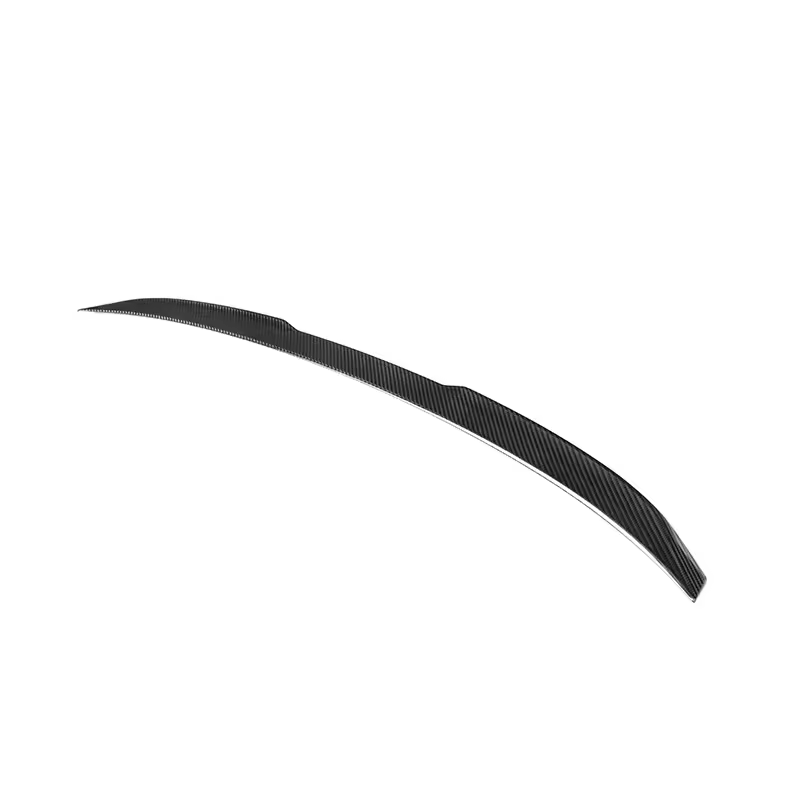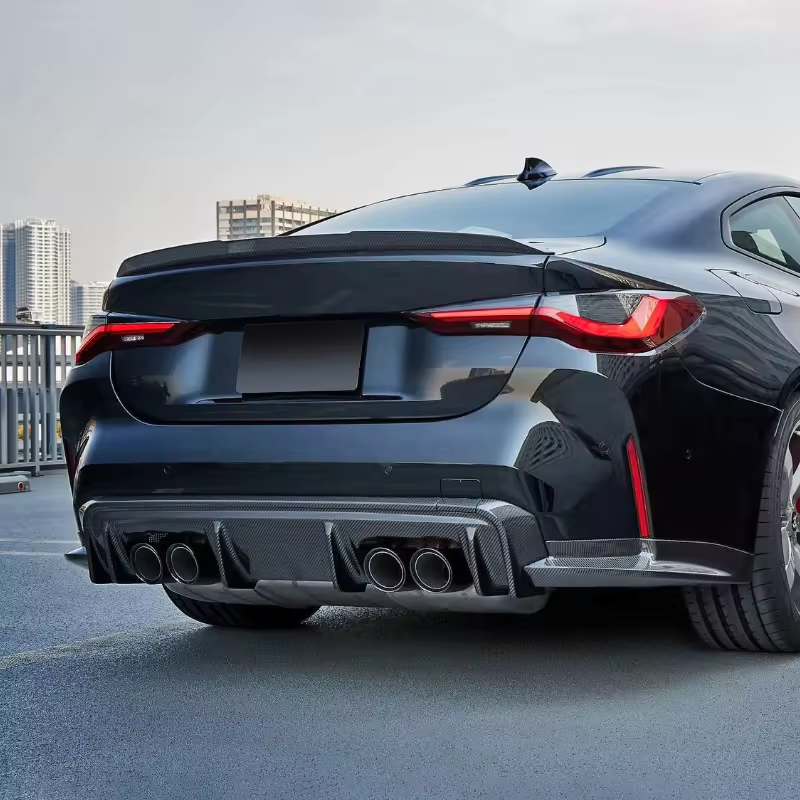The Modification Method of Carbon Fiber Roof
2024
Introduction:
The modification of cars with carbon fiber components has become increasingly popular among automotive enthusiasts seeking to enhance both performance and aesthetics. One such modification is the replacement of traditional metal or composite roofs with carbon fiber alternatives. In this article, we will explore the method of installing a carbon fiber roof and emphasize its advantages in terms of lightweight construction and durability.
1.Preparation:
Before beginning the installation process, it is essential to gather all necessary tools and materials. These may include a carbon fiber roof panel specifically designed for the make and model of the vehicle, adhesive or bonding agent suitable for carbon fiber applications, masking tape, cleaning supplies, and safety equipment such as gloves and goggles. Additionally, ensure that the vehicle is parked on a level surface in a well-ventilated area to facilitate the installation process.
The first step in installing a carbon fiber roof is to remove the existing roof panel from the vehicle. This typically involves carefully unfastening any trim pieces, weather stripping, or mounting hardware securing the roof in place. Once these components are removed, carefully lift and detach the old roof panel from the vehicle's frame, taking care to avoid causing damage to surrounding areas.

3.Surface Preparation:
With the old roof removed, thoroughly clean and prepare the surface of the vehicle's roof frame to ensure proper adhesion of the new carbon fiber panel. Use a mild solvent or cleaner to remove any dirt, grease, or residue from the surface, and lightly sand the area to promote adhesion. Take care to remove any rust or corrosion and ensure that the surface is smooth and free of imperfections before proceeding.
4.Installation of Carbon Fiber Roof:
Carefully position the carbon fiber roof panel over the vehicle's roof frame, ensuring proper alignment and fitment. Use masking tape or clamps to hold the panel in place temporarily while applying adhesive or bonding agent along the mating surfaces. Follow the manufacturer's instructions for the specific adhesive being used, ensuring thorough coverage and proper curing time. Once the adhesive has been applied, firmly press the carbon fiber roof panel into place, ensuring a secure bond with the vehicle's frame.
5.Finishing Touches:
Once the carbon fiber roof panel is securely installed, reattach any trim pieces, weather stripping, or mounting hardware that was removed during the installation process. Take care to ensure proper alignment and fitment of these components, making any necessary adjustments as needed. Finally, inspect the installation carefully to ensure that everything is properly secured and aligned before completing the modification.
Advantages of Carbon Fiber Roof:
6.Lightweight Construction: One of the primary advantages of a carbon fiber roof is its lightweight construction. Compared to traditional metal or composite roofs, carbon fiber offers a significant reduction in weight, which can improve the vehicle's handling, acceleration, and overall performance.
7.Enhanced Durability: In addition to being lightweight, carbon fiber is also incredibly durable and resistant to corrosion, making it an ideal material for automotive applications. A carbon fiber roof provides excellent protection against the elements, ensuring long-lasting performance and reliability.
Conclusion:
The installation of a carbon fiber roof offers numerous advantages, including lightweight construction and enhanced durability. By following the proper installation method and taking care to prepare the surface and apply adhesive correctly, automotive enthusiasts can enjoy the benefits of a carbon fiber roof while significantly improving the performance and aesthetics of their vehicles.


 EN
EN
 AR
AR
 BG
BG
 HR
HR
 CS
CS
 DA
DA
 NL
NL
 FI
FI
 FR
FR
 DE
DE
 EL
EL
 HI
HI
 IT
IT
 JA
JA
 KO
KO
 NO
NO
 PL
PL
 PT
PT
 RO
RO
 RU
RU
 ES
ES
 SV
SV
 TL
TL
 ID
ID
 SR
SR
 SK
SK
 UK
UK
 VI
VI
 TH
TH
 TR
TR
 FA
FA
 AF
AF
 MS
MS
 GA
GA
 CY
CY
 IS
IS
 HY
HY
 AZ
AZ
 KA
KA
 MY
MY
 ONLINE
ONLINE